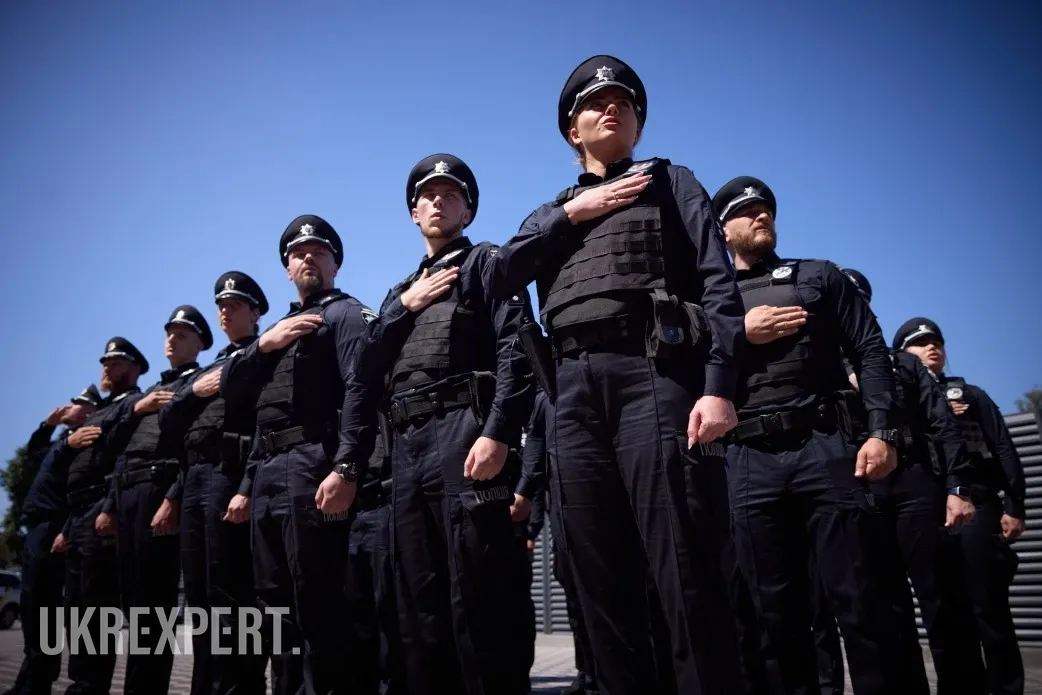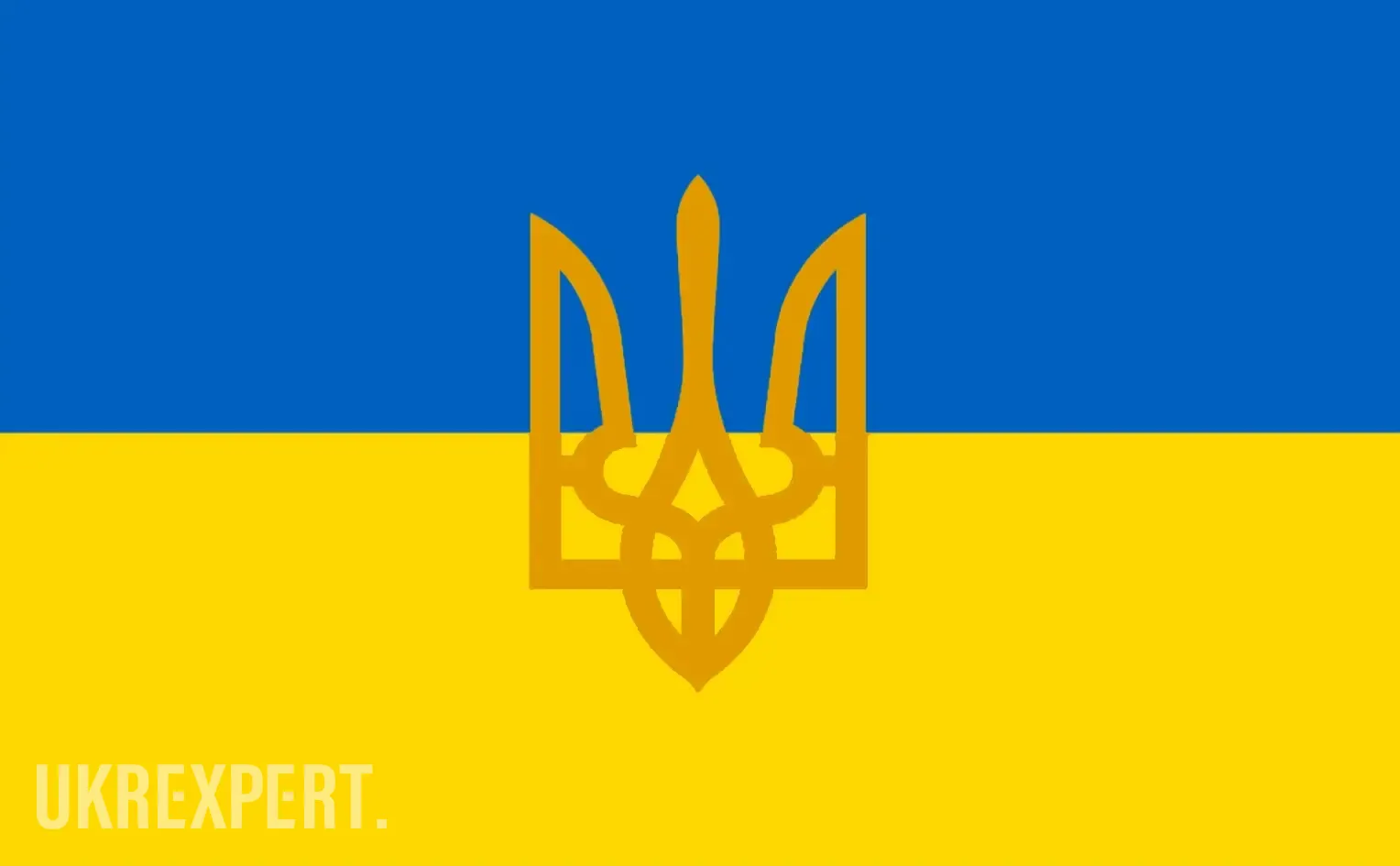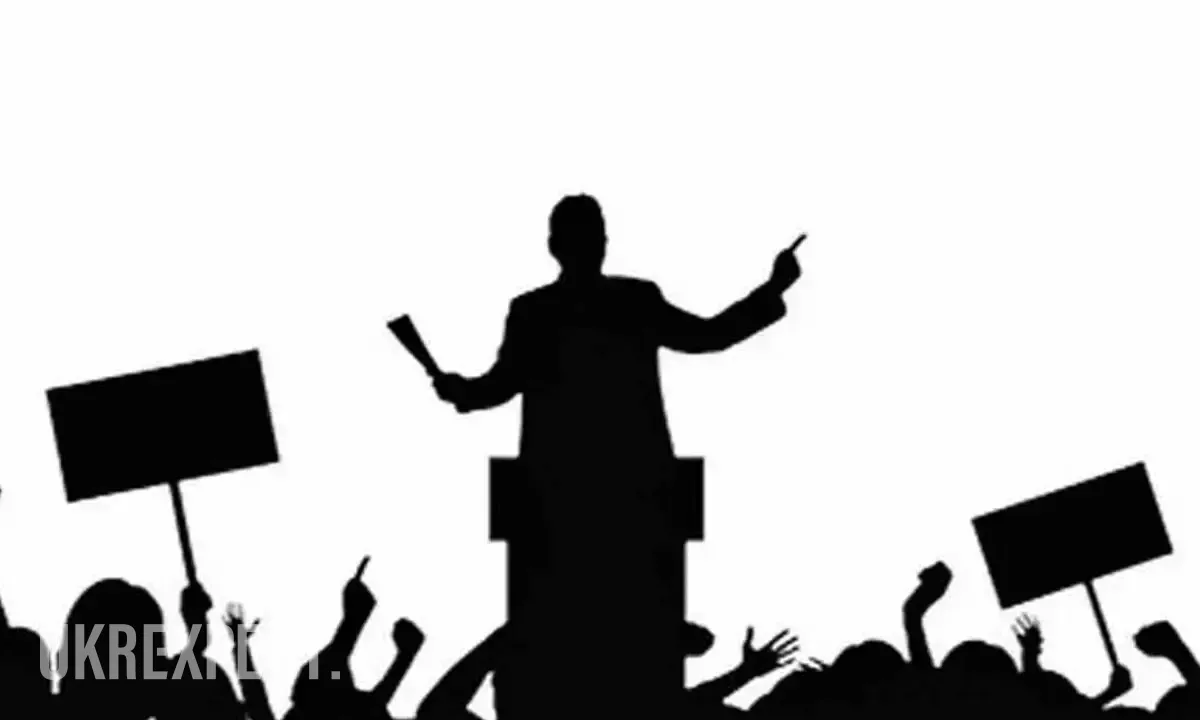The use of firearms by police officers is the most severe measure of coercion that can be used. This is regulated by Article 46 of the Law of Ukraine on Police. To be aware of your rights and learn when police officers can use weapons and when it is strictly prohibited, read this article.
Explained by the National Police – video on the rules of use of weapons by police officers
How do law enforcement officers implement Article 46 of the Law on Police and justify the use of weapons? Watch a useful informative video from YouTube on our portal!
The most important aspects of Article 46 of the Law on Police
A police officer is authorized to use firearms only if he or she has undergone special training. Article 46 of the Law on Police gives him the right to shoot in such cases:
- When a citizen/police officer/police officer’s family members are attacked, provided that there is a real threat to life and health;
- When it is necessary to release hostages or persons held in slavery or illegally deprived of their liberty;
- When it is necessary to repel an armed attack on protected objects or convoys, residential/non-residential premises, or to liberate them in case of capture;
- When it is necessary to detain a person who has been caught at the scene of a serious crime and is trying to escape, or a person who escapes from custody and is resisting viciously;
- When a car or other vehicle should be stopped if the driver’s actions endanger a police officer or other citizens;
- When it is necessary to terminate the flight of an unmanned vessel.
Before firing, according to Article 46 of the Law on Police, a law enforcement officer must try to use other means to avoid using a weapon. Therefore, it is important that they are able to correctly identify the threat and objectively and comprehensively assess the circumstances.
It is important that after the shooting, the police officer must provide medical assistance to the victims: this is also spelled out in Article 46 of the Law on Police. He must also ensure the preservation of evidence and cooperate with investigators who will determine whether the law enforcement officer acted unreasonably. Investigators must objectively assess the situation, examine the evidence base, and determine whether it was necessary to shoot. If a police officer used a weapon without good reason, he or she will be held liable for the actions.
Can the national police use weapons without warning – what does Article 46 of the Law on Police say?
According to Article 46 of the Law of Ukraine “On the National Police,” , a police officer must warn that he or she is going to use firearms. But given that a law enforcement officer can act in extreme, stalemate situations, there are still some exceptions. Article 46 of the Law on Police states that citizens will have to be warned in such cases:
- If a person tries to attack a law enforcement officer, shorten the distance with him/her, or attempts to snatch the weapon from his/her hands;
- If a person convicted of a particularly serious or grave crime escapes and seizes a car or other vehicle;
- If a person commits an assault or tries to take possession of a cold steel or firearm;
- If there is a sudden attack, in particular, with the use of military equipment. Such attacks can undoubtedly be regarded as threatening the life and health of a police officer and other citizens.
What rules for handling weapons must be followed by police officers: explanation by experts
Human rights activists emphasize that although police officers have many grounds that can be used to use weapons (according to Article 46 of the Law on Police), they must strictly adhere to certain safety rules. These are set out in the Instruction on Safety Measures for Handling Weapons. It emphasizes that police officers are strictly prohibited:
- Take out a weapon or ammunition from a holster without an urgent need;
- Keeping your finger on the trigger or disengaging the safety without a reason;
- Pointing weapons at people, vehicles, buildings without good reason. This is also prohibited by Article 46 of the Law on Police.
Conclusions
Thus, police officers have the right to use weapons, and in the most dangerous cases, without warning. However, this process is highly regulated, and Article 46 of the Law on Policeprovides a clear list of cases when weapons may be used. Therefore, police officers must act in the most balanced way possible in order not to violate the rights of citizens, the provisions of Article 46 of the Law on Police and not to be held liable for abuse of power.
Answers to frequently asked questions
According to Article 46 of the Law on Police, he has the right to do so if he detains persons in respect of whom the law enforcement officer suspects that a serious or especially serious crime has been committed.
No. According to Article 46 of the Law on Police, a police officer may not use weapons where other persons may be injured, in explosive or fire hazardous places. The exception regulated by Article 46 of the Law on Police is an absolute necessity, when the danger from the person against whom the police officer uses weapons exceeds all other dangers.
According to Article 46 of the Law on Police, he can use it to send a signal to other law enforcement officers, neutralize dangerous animals that can harm citizens.


